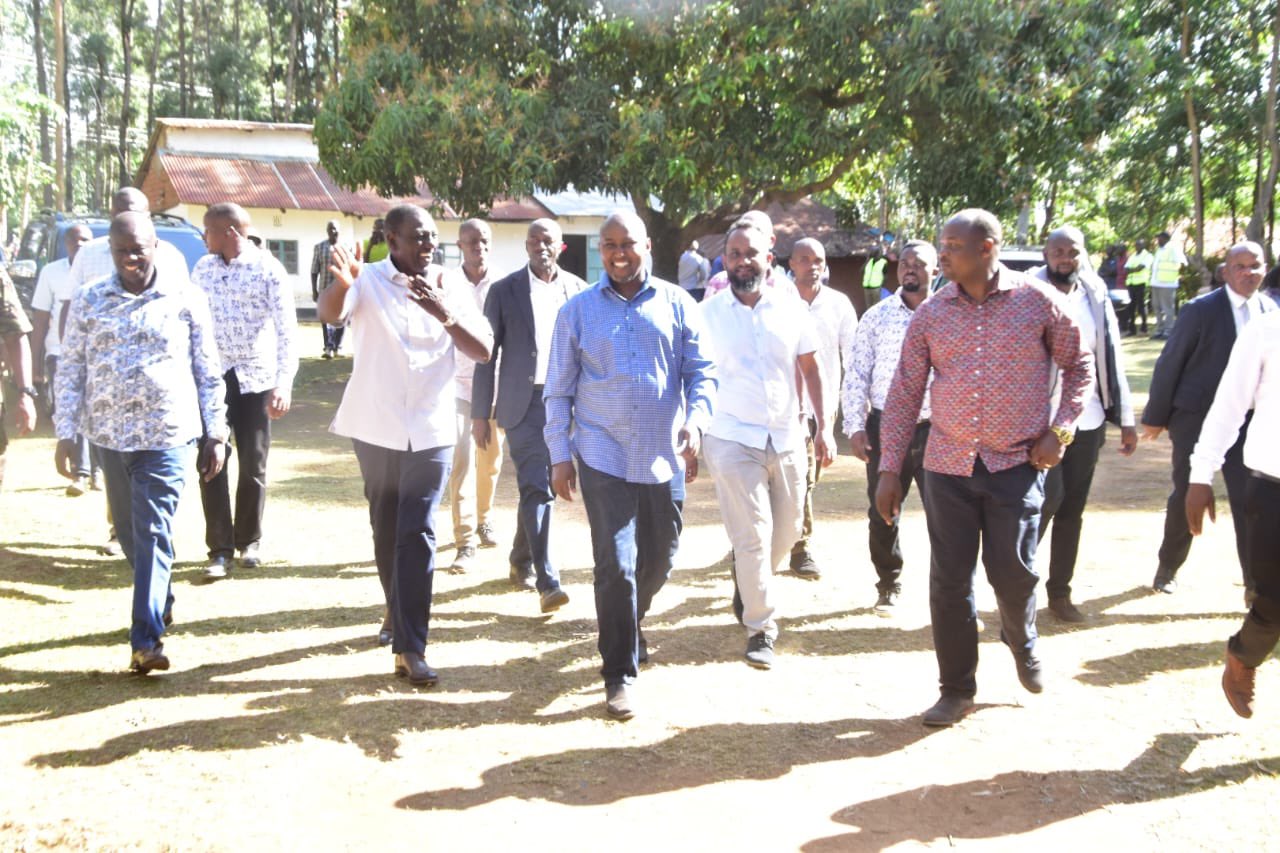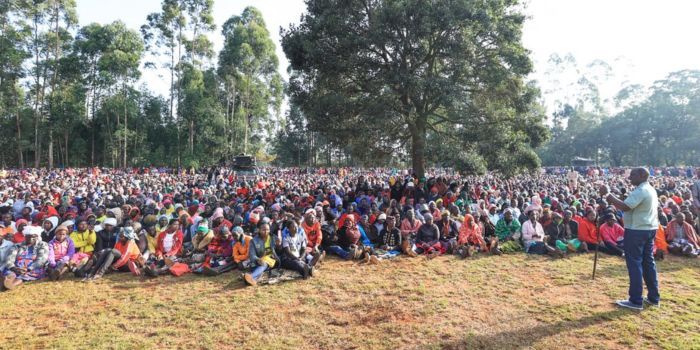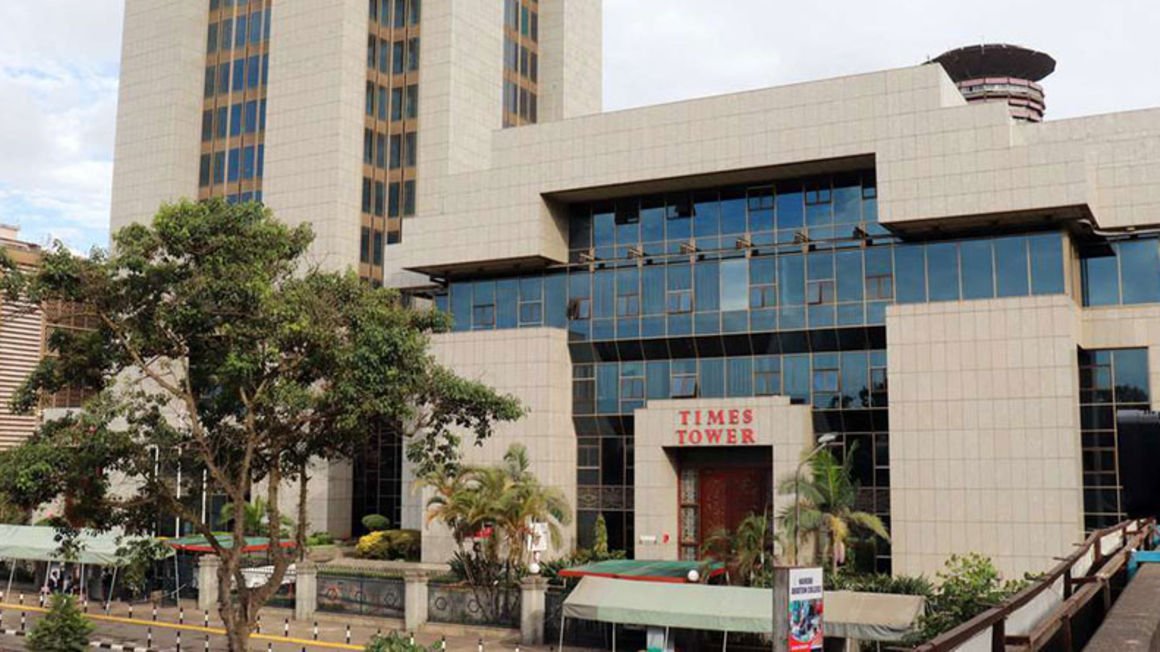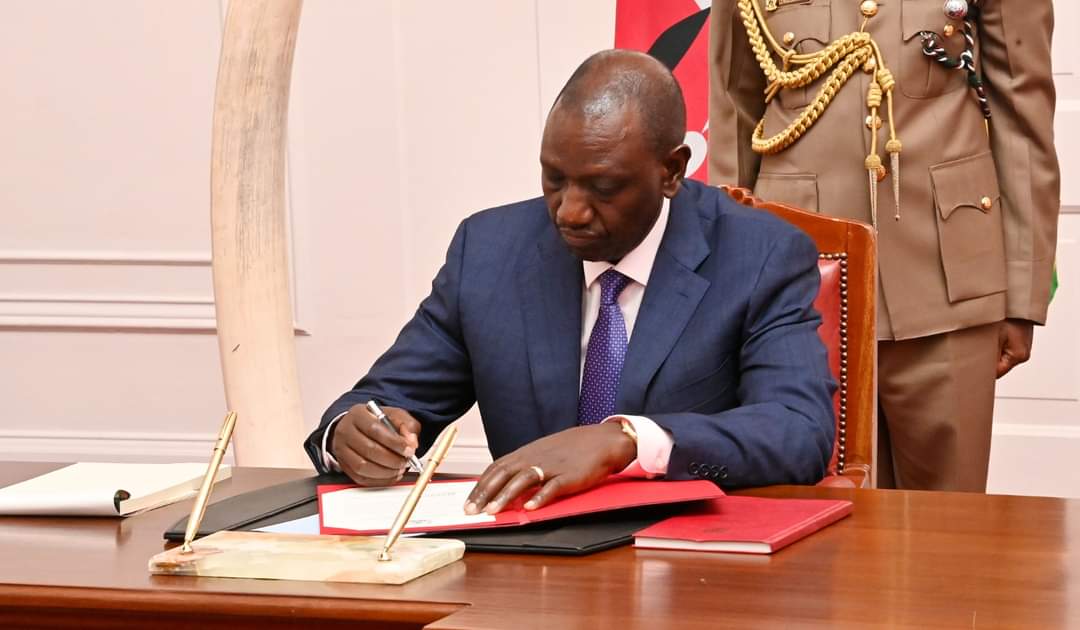Agriculture Cabinet Secretary Andrew Karanja has announced a steady decline in prices for cereals and pulses, attributed to improved crop production in 2023.
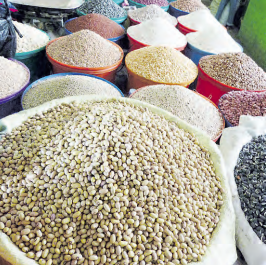

The reduction in food costs follows increased distribution of subsidized fertilizers and favorable weather conditions, creating a positive impact on national food security.
“Many households have combined last year’s harvest stocks with this year’s yield across several counties, ensuring stable food supplies,” Karanja said, speaking on the country’s food outlook and the success of the fertiliser subsidy initiative.
Kenya’s maize remains the staple of choice, requiring approximately 4.2 million tonnes annually for human and livestock consumption. Karanja noted a gradual shift toward alternative staples, such as rice, root crops, and tubers, highlighting the improved household food security from this year’s increased maize production.
The Kenya National Bureau of Statistics reported a drop in the Consumer Price Index to 3.6% in September 2024, down from 4.4% in August, reflecting a general decrease in commodity prices. Karanja explained that despite challenges from flooding during the 2024 long rains, the government-supported subsidy program has helped mitigate price volatility for consumers.
In August, domestic stock levels included 62.1 million bags of maize, 10.2 million bags of beans, 9.3 million bags of wheat, and 2.9 million bags of rice. The October Food and Nutrition Security Report projects further improvements as the long rains harvest continues in key North Rift regions. Wheat consumption still relies heavily on imports, underscoring the need for diversified agricultural strategies to meet national demand.
The CS estimated production for the 2024 long rains season at 75.97 million 50kg bags across an expansive 4.07 million-acre planting area, with maize production anticipated to reach 94.41 million bags over a total 6.7 million-acre area.
The Kenya Meteorological Services also anticipates beneficial rainfall for agricultural production. Dr. David Gikungu, Director of Meteorological Services, forecasts above-average rainfall in the highlands west of Rift Valley, Central, and North Rift Valley regions starting late October, expected to bolster soil moisture. However, the rains could present challenges in drying and storing harvested grains.
Food security has notably improved from last year, with fewer people experiencing crisis-level food insecurity. The Integrated Food Security Phase Classification indicates that, between July and September 2024, approximately 5% of arid and semi-arid areas’ populations faced IPC Phase 3 (Crisis) or worse. Although a segment of this population remains in emergency classification, the report shows a marked decrease in food insecurity due to above-average rainfall and enhanced agricultural outputs.
CS Karanja concluded with optimism that the ongoing short rains will further sustain production levels and improve food stability across the country.











































































































































































